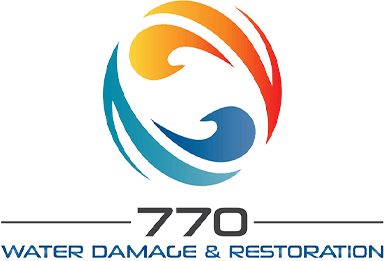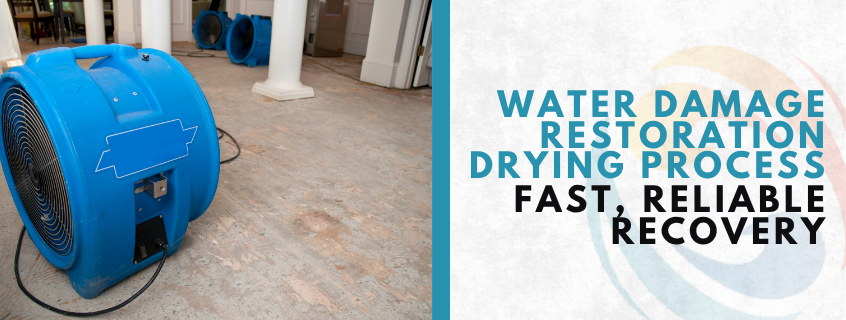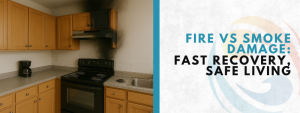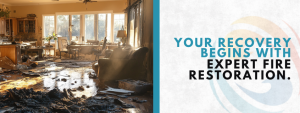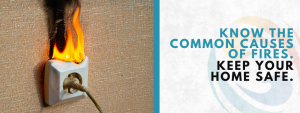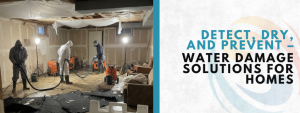When water unexpectedly invades your home in Studio City, the path to recovery requires precision, speed, and expertise. The water damage restoration drying process ensures moisture is eliminated before structural issues arise. Professionals follow a scientific workflow to safeguard your property, prevent mold, and restore comfort quickly. Whether the damage comes from plumbing failures or storms, homeowners in Studio City rely on proven techniques and modern equipment for dependable results. Understanding this process helps you make confident decisions during an emergency.
Understanding the Drying Process
Before drying begins, professionals assess conditions to determine the safest and most effective approach. Understanding this phase helps homeowners see how each step protects structural materials and ensures complete moisture removal.
1. Initial Inspection
Professionals start by identifying the water source, measuring moisture levels, and examining how far water has traveled throughout your Studio City property.
2. Water Classification
They classify the water into clean, grey, or black to determine the safest drying strategy.
3. Damage Mapping
Moisture meters, thermal cameras, and inspection tools are used to map hidden saturation. This structured evaluation is crucial for shaping an efficient water damage restoration drying process that protects materials from long-term decay. Each decision, equipment selection, airflow direction, and dehumidification placement is based on thorough analysis. This method also guides documentation required for insurance claims and ensures the work aligns with industry standards.
How Drying Equipment Works
Once the plan is created, restoration experts in Water Damage Restoration Studio City deploy specialized equipment designed to accelerate evaporation and manage humidity. Industrial air movers push dry air across wet surfaces, while powerful dehumidifiers for water damage remove moisture from the air to maintain balanced psychrometric conditions. By controlling airflow, temperature, and humidity, technicians ensure rapid material recovery. This phase is essential for preventing mold outbreaks, especially in enclosed spaces. The water damage restoration drying process is carefully monitored, with adjustments made daily based on moisture readings. Through proper structural drying after water damage, walls, floors, and foundations return to safe moisture levels. This system is vital for reliable and long-lasting results.
Protecting the Home Structure and Belongings
Protecting your home’s structure and belongings is a crucial part of restoration. This stage ensures materials are stabilized, items are preserved, and contamination is controlled before repairs and final drying continue.
Structural Stabilization
Technicians remove compromised drywall, evaluate framing, and inspect insulation for saturation.
Content Protection
Furniture and belongings are assessed, cleaned, or relocated to prevent further damage.
Contamination Control
Barriers and containment zones prevent cross-contamination when dealing with grey or black water.
This stage ensures every element of your Studio City home is safeguarded. With correct handling, materials are dried efficiently without creating secondary issues. The restoration drying process includes antimicrobial treatments when necessary to protect health and indoor air quality. This method minimizes loss and supports smoother restoration efforts later.
Monitoring and Finalizing the Drying Phase
Moisture levels are checked daily to ensure consistent progress. Readings are documented, equipment is moved as needed, and humidity targets are maintained. Professionals also track temperature, airflow patterns, and changes in material readings. This attention to detail ensures the water damage restoration drying process meets professional standards and avoids hidden moisture pockets.
As the home nears dryness, technicians confirm all materials have returned to acceptable moisture levels. Once verified, equipment is removed, areas are cleaned, and homeowners receive a final report. This documentation supports insurance claims and validates the effectiveness of the water damage restoration procedure performed in Studio City.
Additional Steps for Complete Recovery
After the main drying phase, additional steps ensure your home is fully restored. These final tasks address sanitation, repairs, and safety checks to guarantee long-term protection and complete recovery.
Sanitization & Deodorizing
Restoration teams apply antimicrobial solutions to prevent bacteria or microbial growth.
Repairs & Reconstruction
Damaged drywall, flooring, or framing is repaired or replaced based on the initial scope.
Post-Restoration Evaluation
Experts confirm structural integrity and ensure no lingering odors or moisture remain.
These enhancements ensure long-term protection and a safe home environment. Companies offering water damage recovery services follow strict procedures to return homes to pre-damage condition. With fast water damage cleanup and meticulous oversight, homeowners in Studio City regain comfort and peace of mind.
Common Questions About the Drying Process
How long does the drying process take?
Most homes dry within three to five days, depending on material type and saturation level.
Can I stay in my home during drying?
Yes, although the equipment can be noisy. Sensitive individuals may prefer temporary relocation.
What equipment is used?
Air movers, dehumidifiers, floor mats, and inject-dry systems are common.
Is DIY drying possible?
No. Without proper tools, hidden moisture may linger and cause mold.
Will all belongings be saved?
Non-porous items usually recover well, but porous items depend on the contamination level.
Why hire professionals?
They ensure accuracy, safety, and thorough structural drying.
